BMW X5 origins: The untold story behind the brand's first SUV
For its silver anniversary, we talk to those who developed BMW’s first SUV, the X5.
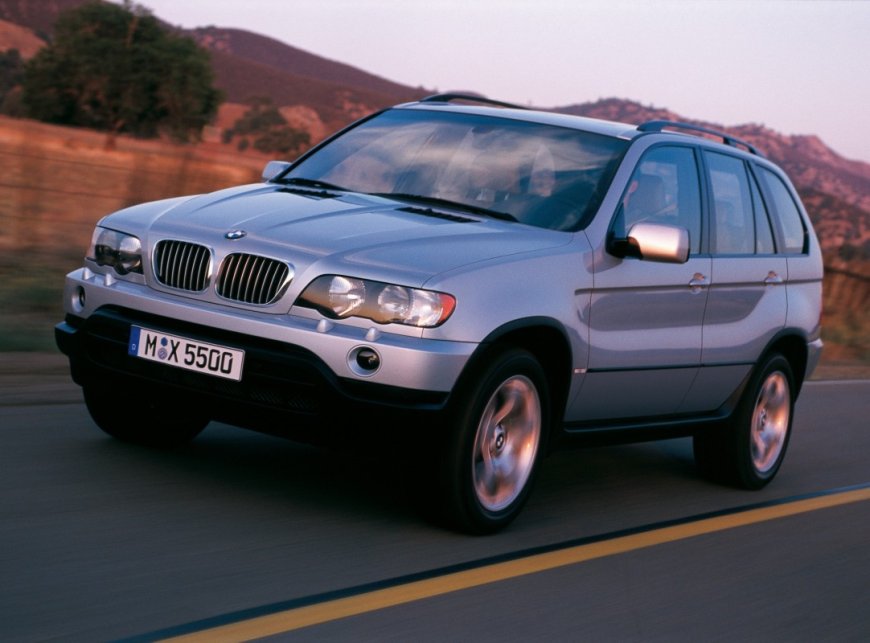
BMW’s bestselling vehicle in the U.S. is not the 3 Series. It’s the BMW X5 SUV. Twenty-five years after its introduction, it’s now a fixture of the company. Its roots date back to the early 1990s, when two parts of BMW came to the same conclusion, albeit from different starting points.
For BMW North America, it came from studying what their customers had in their garages aside from BMW’s cars. Surprisingly, many had a new Ford Explorer or Jeep Grand Cherokee.
“This was concerning to us because it was a potential market for us that we weren't tapping into,” said Thomas Plucinsky, Head of BMW Group Classic USA, who worked in product strategy at the time. “So we thought, maybe there's a way to do a BMW version that appeals to them, and that way we get to two cars in their garage, rather than just one.”
Related: Mazda reveals the gorgeous 6e all-electric sedan BMW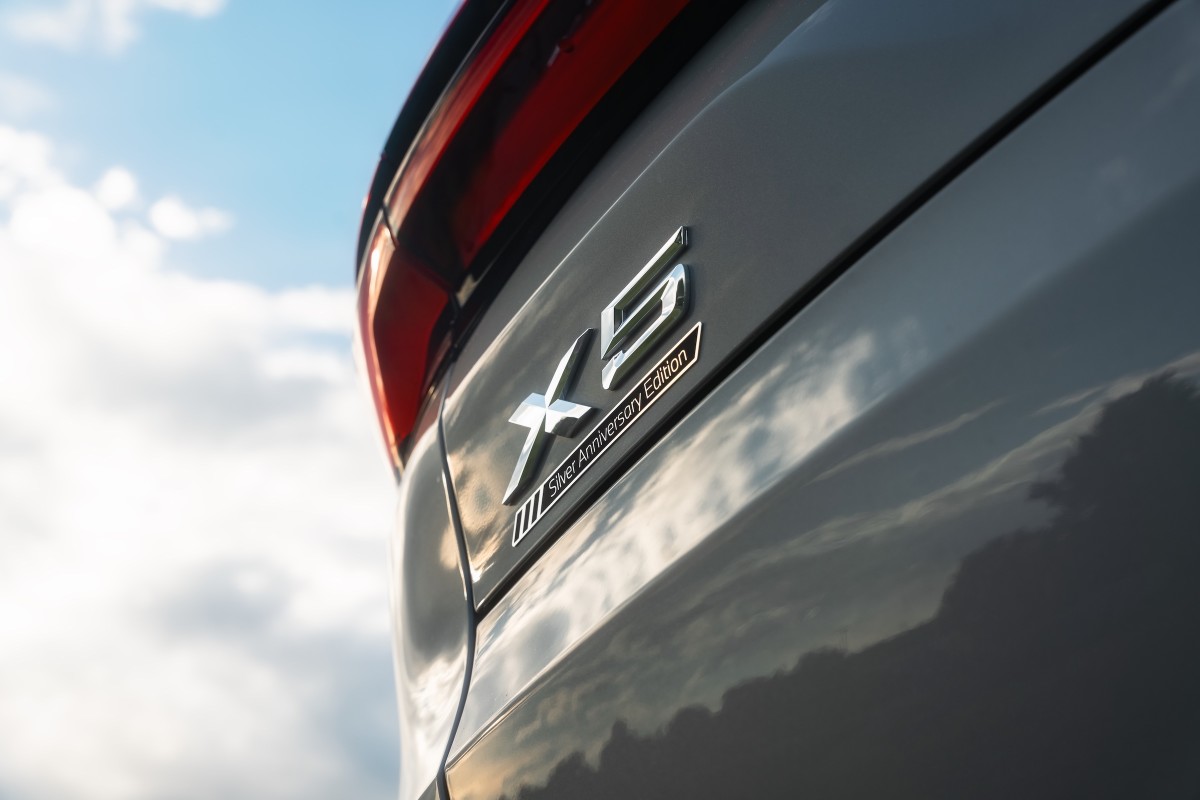
Meanwhile, in Germany, “at the time that the X5 came around, Dr. Reitzle was in command of engineering. And Reitzle and his group, they're really into skiing,” said Chris Bangle, the former Chief of Design at BMW Group, in an exclusive interview.
“And the idea ‘you’re not going skiing in your BMW?’ was anathema to them. Back then, a lot of people were afraid of rear wheel drive cars in the snow. So there was this ongoing pressure to provide a BMW answer in terms of its engineering competency, not so much marketing plans or customers asking for it or even that we're smart enough to get in people's garages, but this pure sense of, ‘Wait a minute, we make the world's best driving machines, and people are telling us that they don't want to drive them in snow? How can that be?”
However, the company had never designed nor manufactured an SUV.
“The issue was, how do you make an X5, this SUV, into an ultimate driving machine? And that was the really difficult part of it,” Plucinsky adds.
BMW’s acquisition
“BMW Engineering, however, was given the role to do a four-wheel-drive BMW,” Bangle said. “The first thing the engineers did to make it drive like a BMW, was that they dropped the entire drive train down.”
Still, what would a BMW SUV look like? The answer wouldn’t come from Germany. BMW
“Because the X5 was really a product that was being asked for by the U.S. and appeared to be only marketable in the U.S., so they thought this would be a good project to get some input from Designworks,” Plucinsky said.
In 1990, BMW invested $4.5 million in Designworks USA to acquire a 50 percent stake in the California design studio, which had collaborated with the automaker since 1985. Ten years later, Designworks USA became a BMW subsidiary.
“The X5 was one of the few vehicles that we publicly talk about coming from Designworks,” Plucinsky said. “And it turned out that a designer by the name of Chris Chapman, who was working at Designworks, is credited with penning the vehicle.”
Related: Calling all Aston Martin lovers: Your drop-top Vantage chariot has just arrived!
A new job, a new vehicle
Chapman came to BMW Group Designworks from Isuzu’s California design, where he had designed the 1993 XU1 show car that caught the attention of BMW Chief of Design Chris Bangle. Realizing who Chapman was and what he had created, Designworks assigned him to begin work on something truly new: a BMW SUV.
“So I did about two months-worth of sketching at the end of 1993,” Chapman recalls, whose work was sent to Chris Bangle in Germany. This led to Chapman’s being hired by BMW to continue work on the X5, the sort of vehicle BMW had never built.
“I don't think BMW knew what it wanted,” Chapman said. Hyundai
What size to make the BMW X5?
Initially, the automaker wanted the X5 to be about the size of a Kia Sportage, which BMW was benchmarking from a size perspective. Chapman told his managers that they shouldn’t pursue anything smaller than a Grand Cherokee and worked for his first three months sketching.
Bangle said Chapman’s initial work reflected his familiarity with Isuzu SUVs, with a strong C-Pillar – known in the trade as a “six line”, along with a high ride height.
“What I learned in my four years at Isuzu is the architecture of an SUV is directly related to the DNA of a pickup truck,” Chapman said. “I was basically tapping into what I had learned at a truck company.” BMW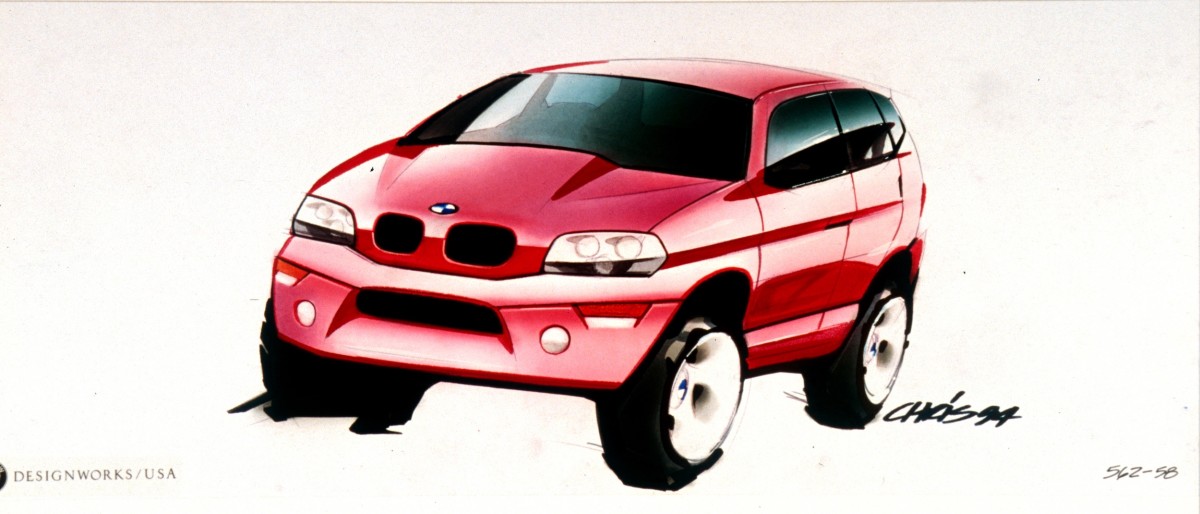
Fellow BMW designer Frank Stephenson also had a hand in its design, according to Bangle.
“Frank Stephenson was also involved in the project, and I think Frank's major contribution to it was the six line. He basically did an upper, which was more traditional, like a station wagon,” he said. “At the time, that was an important question. Can it be an SUV, or is it just a big, giant station wagon?”
Related: 2024 Bentley Continental GT Azure review: Taming Shenandoah's curves in ultimate luxury
BMW X5’s groundbreaking design
Uniquely, the final design hid the driveline mechanicals underneath the vehicle, something no SUV had done to the point. “Looking at the final production BMW X5 what I want you to notice is it's as if we had to create kind of a weird under-closure to hide all these mechanicals down there,” Bangle said. BMW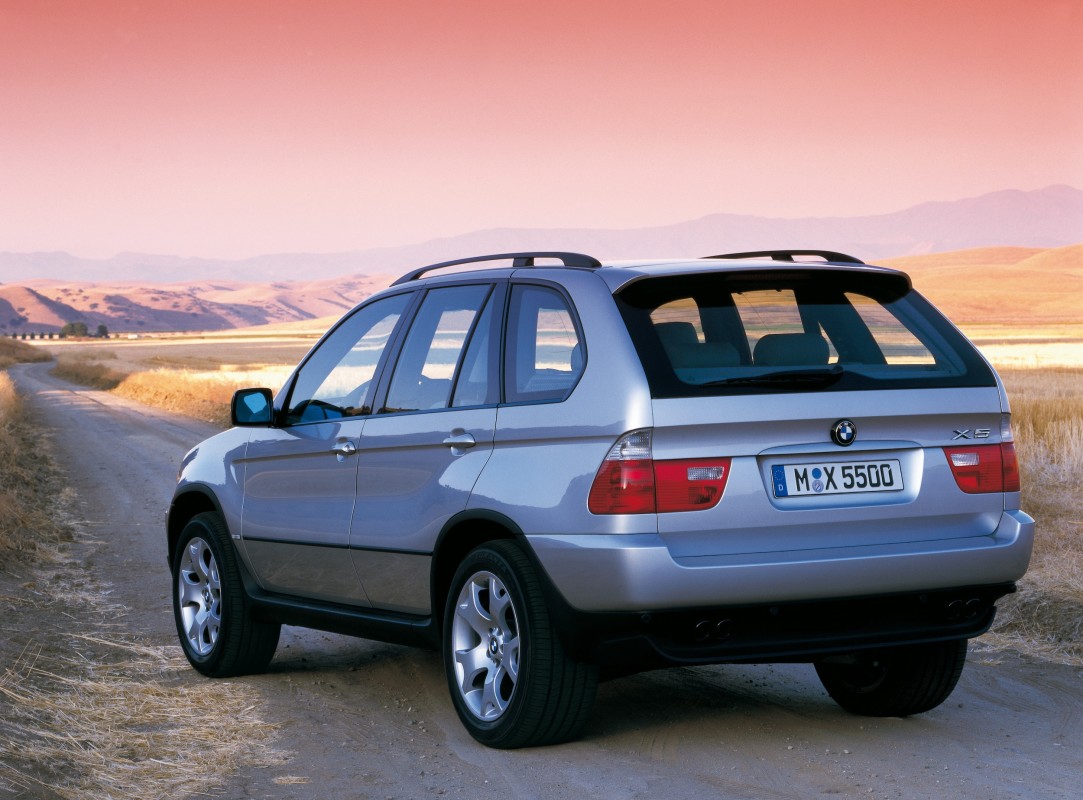
But it also boasts a radical interior for a modern BMW.
“It was the first BMW in many generations without a wrap-around center to the instrument panel, and people don't even notice that,” Bangle said. “When I got to the company, there was this BMW-ism that you’ve got a wrap the center stack around the driver, and on the X5, we didn't do that, and nobody noticed.”
It also boasted a split tailgate, something Bangle had to fight for.
“I had to fight for that split tailgate for so long and so hard,” he said. “That, I tell you, is why you see all my gray hair.”
The BMW X5 is born – in Italy
Nevertheless, a scale model was built and sent with Chapman to G Studio in Torino for nine weeks. There, coachbuilders Bangle knew from his days at Fiat would build the first full-size model.
“Most memorable is that Chapman developed this thing in Italy, and Frank Stevenson had an involvement with it at the beginning, but it's really Chapman's car,” Bangle said.
Plucinsky agrees. BMW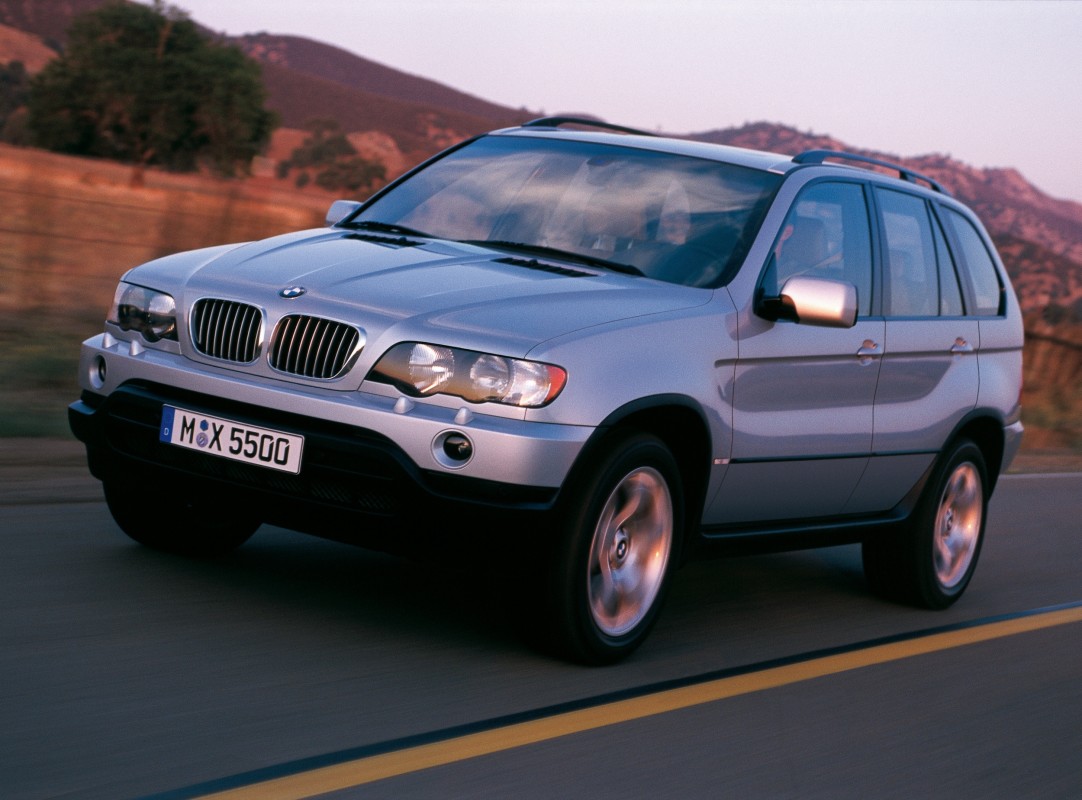
“Frank was part of that work and did contribute to the vehicle, for sure. But it is publicly credited by BMW to Chris Chapman,” he said. “And Chris Chapman from Designworks was the guy who did it.”
Efforts to reach Stephenson for comment were unsuccessful.
Related: Dodge Charger EV burnouts could be exclusive to pricey SRT models
A failing automaker finds a new home
As BMW developed the X5, the company acquired Rover Group from British Aerospace for $1.35 billion. At the time, industry wisdom dictated that any automaker looking to remain independent would need to sell a minimum of 2 million vehicles annually. Buying Rover allowed BMW to cover the whole car market and bring the needed volume. But Rover’s line-up had been starved of development money. Land Rover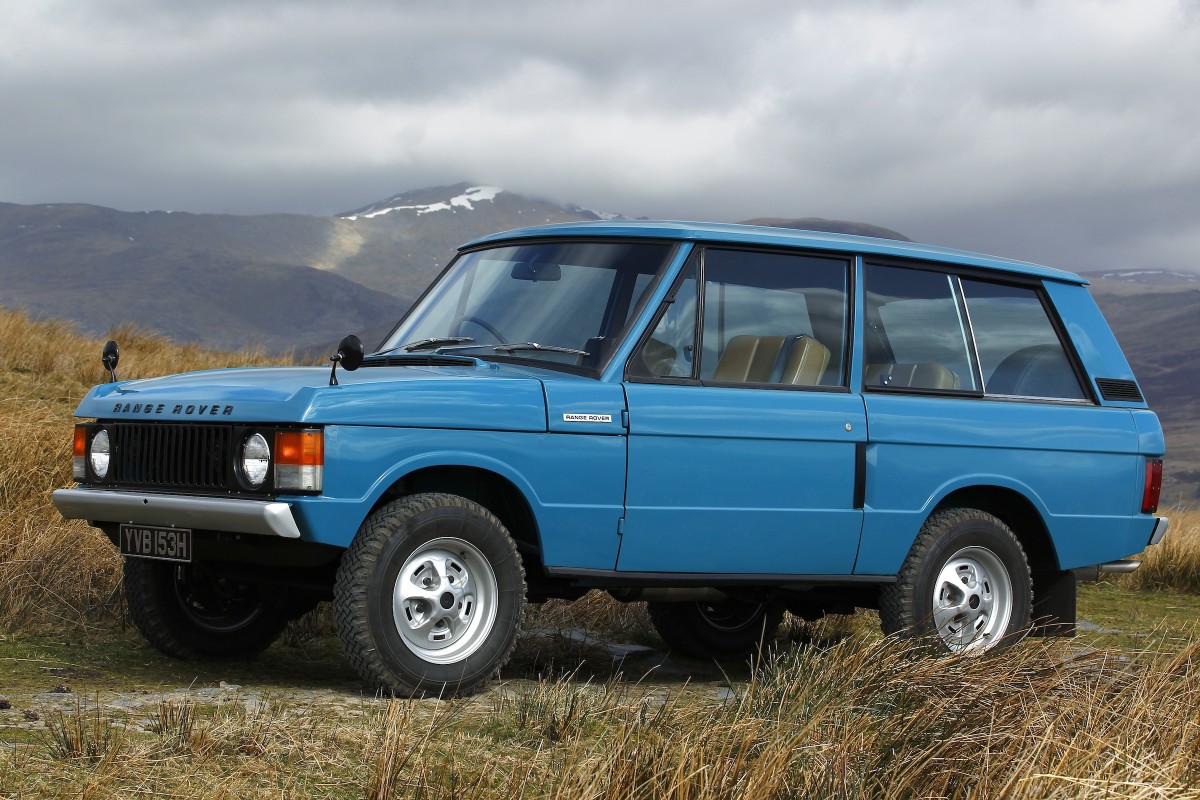
“Some of it was very old,” Plucinsky said. “Some of the brands were not great. The jewel in the crown was Land Rover because it had this reputation, but the products needed to be updated dramatically.”
While many have written that the X5 and Range Rover share a platform, it’s hard to see how. The X5 uses a unibody platform, while the Range Rover remains body-on-frame. Both vehicles do boast a split tailgate design and share a BMW-developed 4.4-liter V-8 and five-speed automatic ZF transmission. But otherwise, the X5 is its own animal.
“To say that the X5 is a Range Rover that's been re-tweaked is really not the case,” Plucinsky said. “It was designed from the beginning as a BMW. It uses a lot of componentry and suspension design from other concurrent BMWs, the 5 Series and the 7 Series.”
BMW gets cold feet
Yet even as the X5 neared production, the unexpected happened. Fearing that the BMW X5 would cannibalize Range Rover sales, they killed it.
“They said, ‘Well, look, you know, BMW isn't known for SUVs,” Chapman said. “And so they killed it, and it went into the cellar for a whole year. So the car actually would have come out in 1998.”
Related: Can holograms improve Hyundai's infotainment? BMW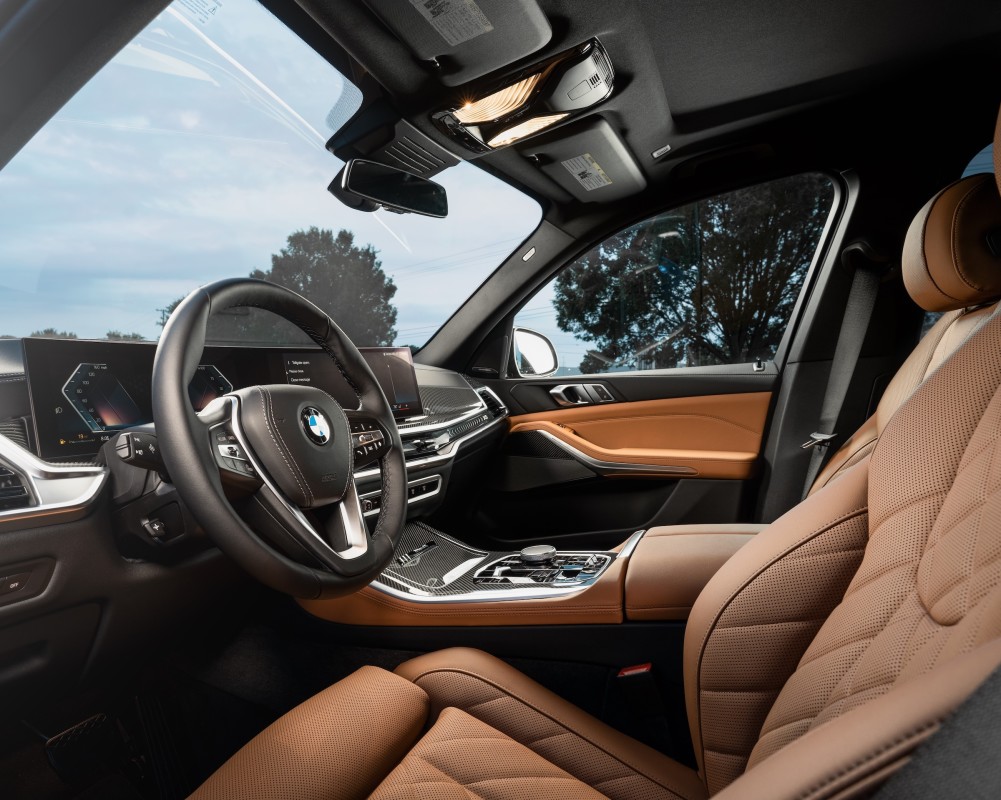
“It was coming actually more from their motorcycles and the GS bike, the adventure bike,” Chapman said. “So it was on-road, off-road kind of thing, but in a vehicle form, not just in a sports sedan. So then, when that set in, things started to click into gear. They started to understand this thing more and more. So then they reintroduced it. They pulled it out of the cellar, and it was back on track.
Manufactured in Spartanburg, South Carolina, the X5 debuted in 1999, with prices starting at $49,970.
Celebrating the BMW X5
These days, the BMW X5 is offered as the rear-wheel-drive sDrive40i, as well as the all-wheel-drive xDrive40i, xDrive50e, and xDrive M60i. The base sDrive40i or xDrive40i comes with a 375-horsepower turbocharged inline-six. The xDrive50e plug-in hybrid comes with a turbo six and an electric motor that together produce 483 horsepower. But it's the M60i that's the one to have, with its 523-horsepower twin-turbo V-8. All drivelines mate to an eight-speed automatic transmission. BMW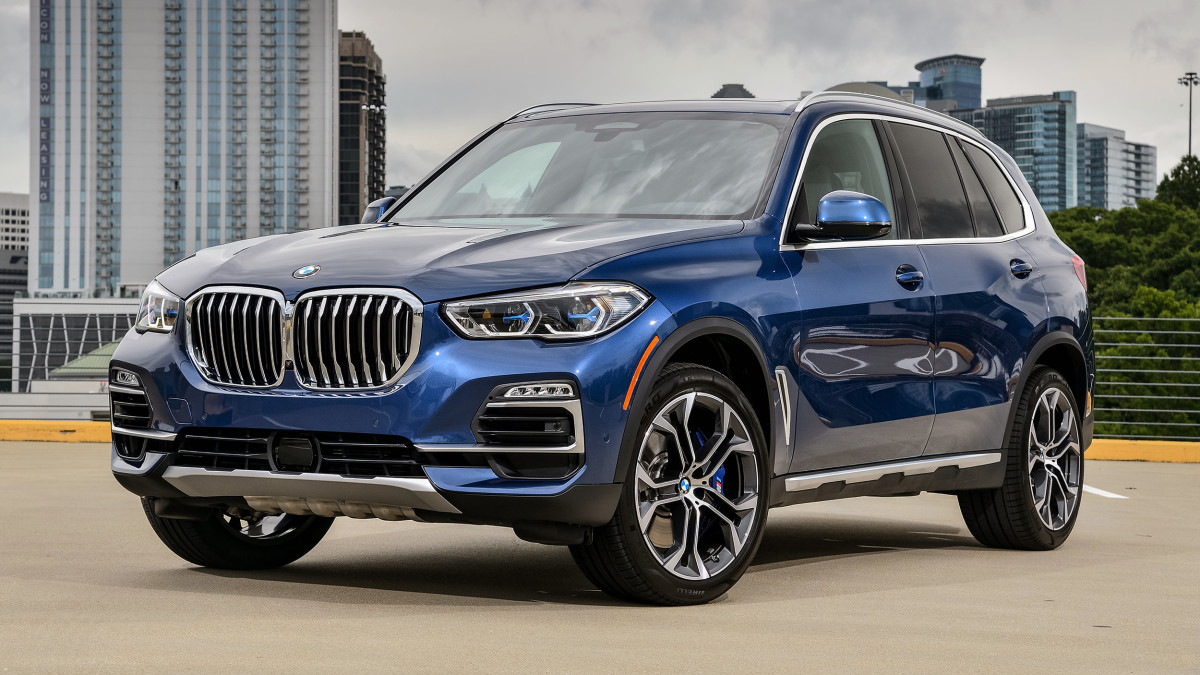
But BMW is also celebrating this model’s 25th year with an X5 Silver Anniversary edition. Based on the X5 xDrive40i, it wears visual elements from the X5's Sport and M Sport packages, including darkened exterior trim, a roof rack, and M Sport 20-inch wheels. Inside, there's a special plaque placed on a center console trimmed in carbon fiber. And there's a choice of black, cognac, coffee, or gray upholstery. BMW also includes the xOffroad package, which adds an air suspension, locking rear differentials, and underbody skid plates.
The Silver Anniversary edition is priced from $81,075 and is limited to 1,000 units.
Related: Tesla's self-driving components are failing, and owners are mad
Final thoughts
While the X5 has grown in both size and performance, it remains what BMW had intended: a sports-activity vehicle. Built as much for the street as the forest primeval, 25 years after its launch, it has comfortably become BMW’s bestselling vehicle in the U.S. and among the industry’s most desirable SUVs.
And its contribution to SUVs shouldn’t be overlooked.
“The fascinating thing about today's crop of SUVs is they are exactly two cars stacked on one another. If you go somewhere around the middle of the wheels on up or a little bit higher, they seem like a reasonable car, but then there's another whole car underneath them, and that way of sandwiching the vehicle is what we had to do with the original X5 to get around the fact that engineers had dropped the running gear down so low.”











































